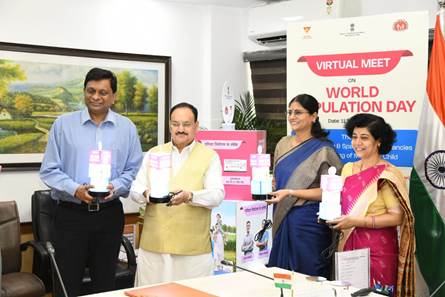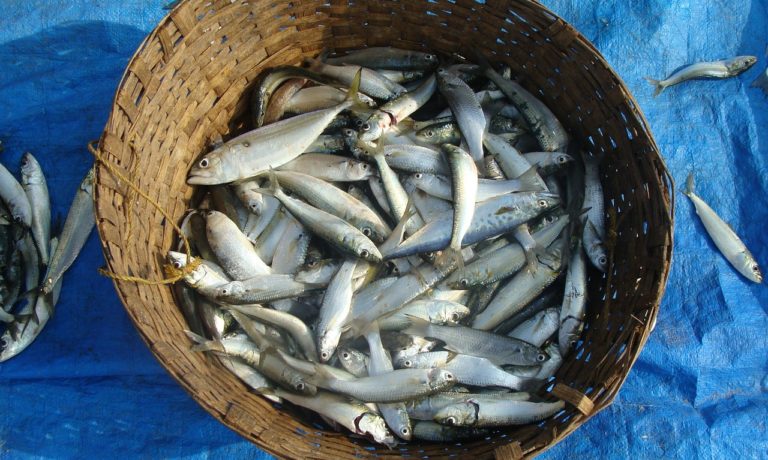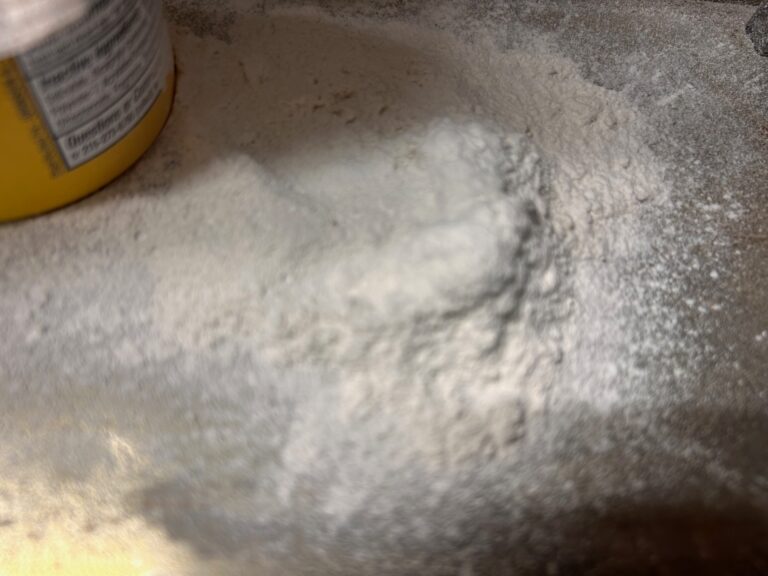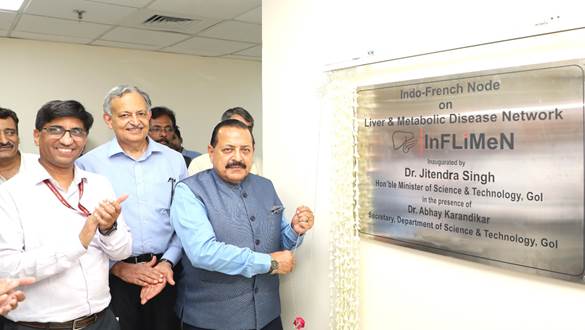The purpose of a truly integrated health system is to prevent catastrophic health spends through primary care interventions
Since 2018 when the Ayushman Bharat – Pradhan Mantri Jan Arogya Yojana was launched, 4,14,167 people have been hospitalised with severe anemia. Treatments for severe anemia can include blood transfusions, iron injections, IV iron therapy or hormonal therapy.
As it happens, 2018 was also the year when the government of India launched the Anemia Mukt Bharat programme under which prophylactic iron and folic acid supplementation, supply of fortified foods etc are done to young children, adolescents of either sex, women of reproductive age and expecting and lactating mothers. It is a scheme that tries to deliver the most basic common sense anti anemia interventions to the groups most vulnerable to it. All of these interventions are deliverable at the level of the primary health centre or even at home by the ASHA workers during one of her field visits.
PMJAY on the other hand provides support only for hospitalisation, that is it is a scheme for making secondary and tertiary healthcare available to the poorest of the poor without landing them in bankruptcy. The fact that such a large number of people have landed in hospital in the last six years needing secondary and tertiary care shows that Ayushman Bharat has failed to deliver as a fully functioning health system with 1,53000 health and wellness centres delivering primary care and ensuring wellness while PMJAY – which provides and annual health insurance if Rs 5 lakh per eligible family – takes care of the inevitable hospitalisation expenses. The idea of clubbing preventive and promotive healthcare with tertiary care is to ensure that conditions that can be dealt with through low cost interventions – in this case iron, folic acid, fortified foods etc – do not go on to become catastrophic health spends.
Unfortunately not only do the two arms of the Ayushman Bharat programme not talk to each other, the review of each is done independent of the other when reality is that it is only as a whole that this can truly make sense. On Friday when health minister J P Nadda undertook a review of PMJAY he was told that 34.7 crore Ayushman cards have been created and more than 7.35 crore hospital admissions amounting to more than 1 lakh crore have been provided under the scheme. But unless review processes go beyond numbers the true functional utility of schemes can never be assessed.
India’s anaemia problem of course has many facets, one of which is the recent eulogisation of vegetarianism. Protein intake is crucial for the formation of haemoglobin which is a compound made of an iron derivative – haem – and protein. But in a country where serving eggs in school meal programmes are becoming increasingly political, the incidence of anemia is unlikely to go down significantly merely with nutritional supplements. According to NFHS 5 data, 67.1% of Indian children aged less than 5 years are anemic, as are 52.2% pregnant women. Overall 25% men and 57% women are anemic.











